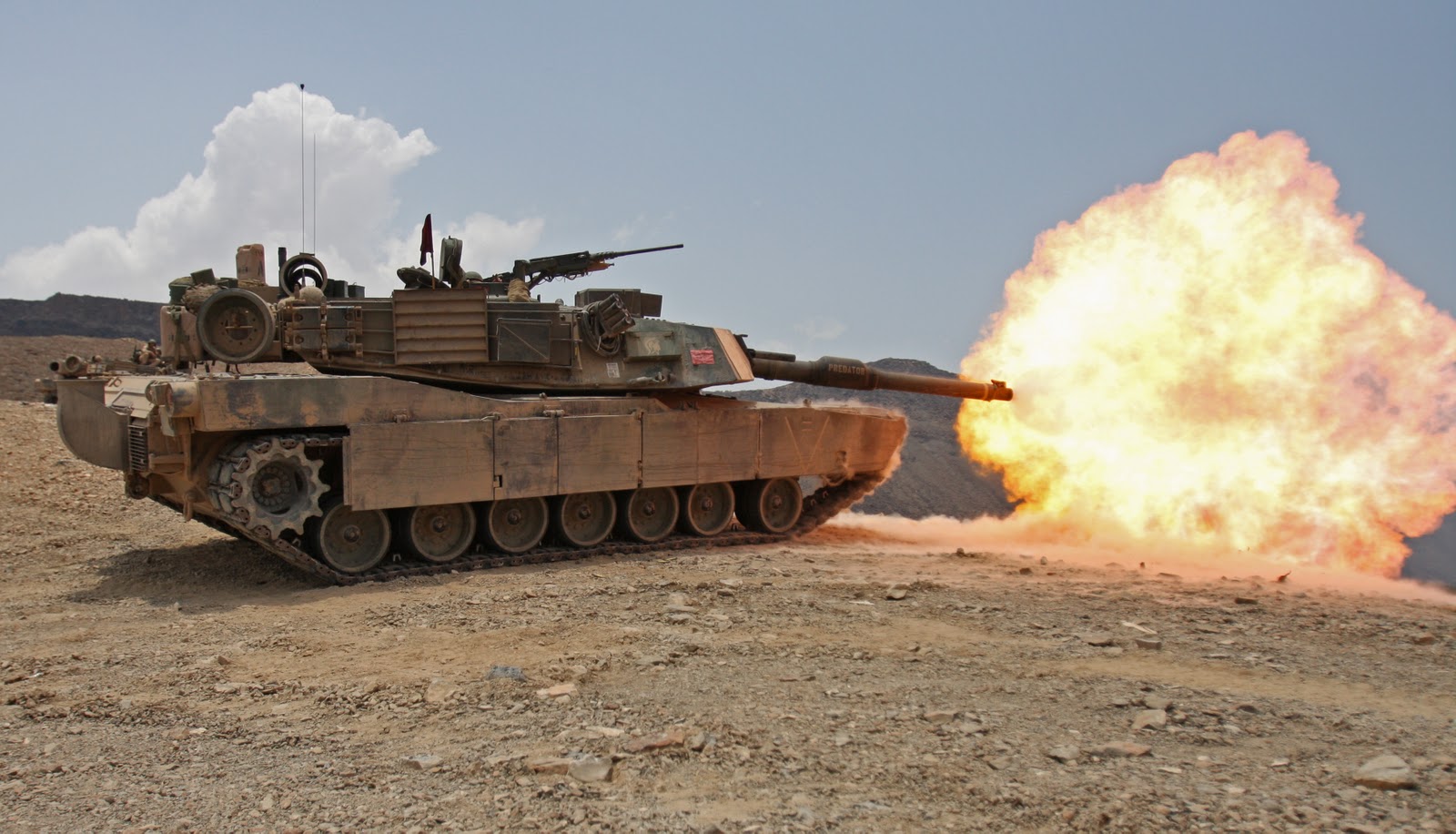 Parler
Parler Gab
Gab
- Russian forces have destroyed or captured 26 of the 31 U.S.-supplied M1 Abrams tanks since February 2024, with independent analysts confirming at least 17 visually verified losses (eight destroyed, seven abandoned and one captured).
- Russia has showcased captured Abrams in expos and used fiber-optic-guided drones to target them, circumventing electronic jamming. Recent footage confirms the recovery of two intact tanks in Ukraine's Sumy region.
- Initially touted as a "game-changer," the Abrams struggled against Russian drone warfare and artillery, forcing Ukraine to withdraw remaining tanks from the front lines. U.S. officials admit the tanks faced high risks in drone-saturated environments.
- Despite U.S. training in combined arms warfare, Ukrainian forces often deployed Abrams tanks in isolated engagements. Ammunition shortages and delays in Western aid further hampered their effectiveness.
- The rapid attrition of Abrams tanks has prompted the U.S. to recalibrate support, focusing on counter-drone systems and long-range missiles (like ATACMs) over heavy armor, acknowledging the evolving nature of modern warfare.
Russia's drone swarms are outsmarting Western tanks
The rapid attrition of these advanced weapons systems underscores the evolving nature of modern combat, where cheap drones can neutralize multimillion-dollar armor. It also raises urgent questions about the efficacy of Western military aid and the future of Ukraine's defense strategy. Kyiv's struggles with the Abrams also reflect broader tactical shortcomings. Despite U.S. training in combined arms warfare – coordinating tanks with infantry, artillery and air support – Ukrainian forces largely employed the tanks in isolated engagements, leaving them exposed. The failed 2023 counteroffensive, compounded by ammunition shortages due to delayed U.S. aid, further diminished their effectiveness. In contrast, Moscow has adapted swiftly, deploying swarms of surveillance and hunter-killer drones to pinpoint and eliminate high-value targets. The proliferation of cheap, artificial intelligence-enhanced drones has rendered traditional armor tactics obsolete without constant innovation. The U.S. is now recalibrating aid, prioritizing counter-drone systems and long-range missiles like ATACMs over heavy armor – a tacit admission that the war's dynamics have irrevocably shifted. As Ukraine braces for another grueling year of fighting, the Abrams saga serves as a cautionary tale about the limits of technological superiority in asymmetric warfare. While Washington reaffirms its commitment to Kyiv's defense, the mounting losses underscore the urgent need for smarter, more adaptable strategies. Head over to MilitaryTechnology.news for more similar stories. Watch this clip of a Russian fiber optic drone taking out an M1 Abrams tank in Russia's Kursk region. This video is from The Prisoner channel on Brighteon.com.More related stories:
Russia to deploy robot tanks to counter American and German tanks in Ukraine. Ukraine running out of tanks as military struggles to repair machinery damaged by Russia. Biden sends 31 Abrams M1 tanks to Ukraine after previously warning that doing so would lead to World War III. Sources include: TheNationalPulse.com RT.com APNews.com Brighteon.comStudy: Junk foods rewire brain structures linked to cravings
By Ava Grace // Share
Maersk’s Haifa pullout signals deepening crisis as Israel’s economic lifelines falter
By Willow Tohi // Share
Trump demands Tehran’s “unconditional surrender” as Iran-Israel conflict escalates
By Zoey Sky // Share
China’s auto industry teeters on the brink as subsidies vanish in six major cities
By Laura Harris // Share
Rural residents sound alarm over BIOSOLIDS spread on farmland
By Laura Harris // Share
Israel’s strike on Iran raises questions: Preemptive strike or aspirational regime change?
By Willow Tohi // Share
Governments continue to obscure COVID-19 vaccine data amid rising concerns over excess deaths
By patricklewis // Share
Tech giant Microsoft backs EXTINCTION with its support of carbon capture programs
By ramontomeydw // Share
Germany to resume arms exports to Israel despite repeated ceasefire violations
By isabelle // Share










